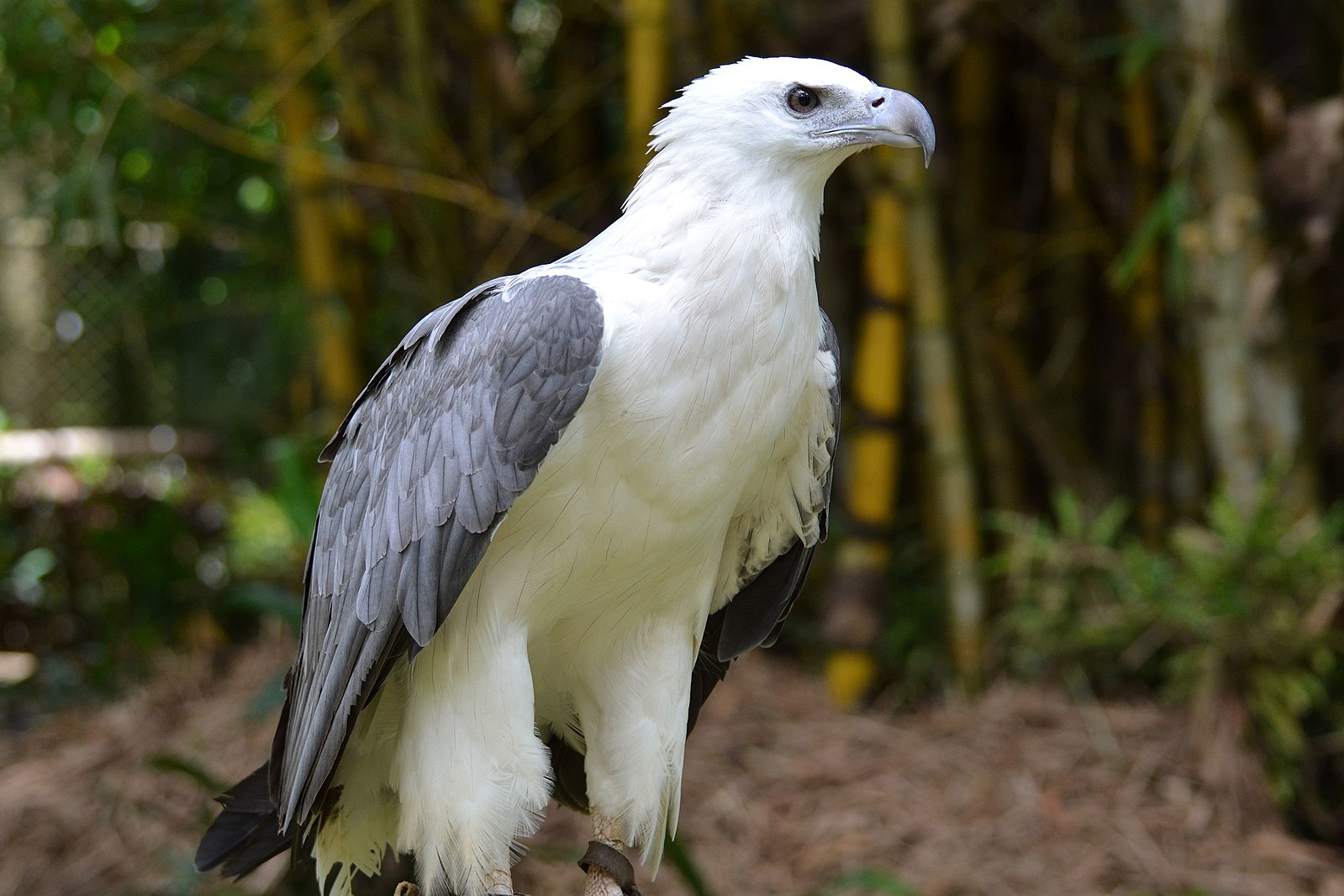White-bellied sea eagles are opportunistic hunters and scavengers, suggesting that they can survive for extended periods without food if necessary. While specific data on the exact duration they can go without eating is not available, their adaptability in feeding habits indicates they can go for considerable lengths of time without consuming prey.
The Feeding Habits of White Bellied Sea Eagles
White-bellied sea eagles are carnivorous birds that primarily feed on aquatic animals such as fish, turtles, and sea snakes. They are known to be opportunistic hunters and will also take birds, mammals, crustaceans, and carrion. Their hunting methods include:
- Hunting from exposed perches
- Shallow descents
- Plunge dives
- Circling above water bodies before diving to grasp fish or eels from just under the surface
This diverse range of feeding strategies allows white-bellied sea eagles to adapt to various environmental conditions and prey availability.
Factors Affecting the Duration Without Eating
 Image source: bellied sea eagle by shankar s
Image source: bellied sea eagle by shankar s
The duration that a white-bellied sea eagle can go without eating can be influenced by several factors:
-
Food Availability: In areas with abundant prey, white-bellied sea eagles may not need to go for extended periods without food. However, in regions with scarce resources, they may need to rely on their ability to survive without regular meals.
-
Age and Health: Younger or weaker birds may have a lower tolerance for prolonged fasting compared to mature, healthy individuals.
-
Environmental Conditions: Factors such as temperature, weather patterns, and habitat conditions can affect the energy expenditure and metabolic needs of white-bellied sea eagles, influencing their ability to go without food.
-
Breeding and Nesting: During breeding and nesting seasons, white-bellied sea eagles may need to forage more frequently to provide for their young, limiting the time they can go without eating.
Adaptations for Survival Without Food
White-bellied sea eagles have several adaptations that enable them to survive for extended periods without food:
-
Efficient Metabolism: Raptors, including white-bellied sea eagles, have a highly efficient metabolism that allows them to conserve energy and minimize the need for frequent feeding.
-
Ability to Consume Diverse Prey: The wide range of prey that white-bellied sea eagles can consume, including carrion, provides them with more opportunities to find sustenance when primary food sources are scarce.
-
Fat Reserves: Like many birds, white-bellied sea eagles can store fat reserves that can be mobilized during periods of food scarcity, providing them with an energy source to draw upon.
-
Reduced Activity Levels: When food is scarce, white-bellied sea eagles may reduce their activity levels and enter a state of torpor, a temporary reduction in body temperature and metabolic rate, to conserve energy and minimize the need for food.
Captive vs. Wild Feeding Patterns
In captivity, raptors like white-bellied sea eagles are typically fed every two to three days, depending on their size and activity level. This frequency may vary in the wild, where food availability is subject to natural fluctuations.
While specific data on the duration that white-bellied sea eagles can go without eating in the wild is not readily available, their adaptability and opportunistic feeding habits suggest that they can survive for extended periods without food if necessary.
Conclusion
White-bellied sea eagles are resilient and adaptable birds that can thrive in a variety of environments. While the exact duration they can go without eating is not well-documented, their diverse feeding strategies, efficient metabolism, and ability to conserve energy suggest that they can survive for considerable lengths of time without consuming prey. Understanding the feeding habits and adaptations of these impressive raptors provides valuable insights into their remarkable survival capabilities in the wild.
References:
- White-bellied sea eagle – Wikipedia. https://en.wikipedia.org/wiki/White-bellied_sea_eagle
- The food they eat – Sea Eagle Cam. https://www.sea-eaglecam.org/food.html
- White-Bellied Sea Eagle – Facts, Diet, Habitat & Pictures on Animalia.bio. https://animalia.bio/white-bellied-sea-eagle
- White-bellied Sea-Eagle – The Australian Museum. https://australian.museum/learn/animals/birds/white-bellied-sea-eagle/
- White-bellied Sea-eagle | The Peregrine Fund. https://peregrinefund.org/explore-raptors-species/eagles/white-bellied-sea-eagle/

